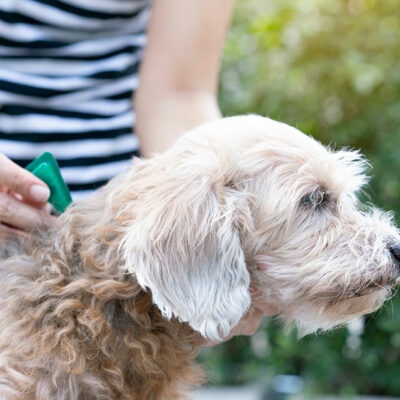
Signs indicating a pet dog is sick and what to do
Dogs are cherished members of our families, and their well-being is a top priority for all pet parents. Recognizing signs that your dog might be sick is essential for providing timely care and ensuring their health. While dogs can’t communicate their discomfort through words, they do display various physical and behavioral indicators that can alert you about their illness. Here are some common signs that your dog might be sick: Changes in Appetite Signs: A sudden loss of appetite or a significant decrease in food consumption. What to Do: Keep an eye on your dog’s eating habits, as a persistent lack of appetite could indicate underlying health issues. Consult your veterinarian if the change persists. Vomiting and Diarrhea Signs: Frequent vomiting or diarrhea, especially if the excreta contains blood or mucus. What to Do: Ensure your dog stays hydrated by providing small sips of water. Don’t give food for a few hours and then reintroduce a bland food regime. If vomiting or diarrhea continues or worsens, seek veterinary care. Lethargy Signs: A sudden or prolonged lack of energy, reluctance to move, or inability to engage in usual activities. What to Do: Pay attention to changes in your dog’s activity level.
Read Article 









